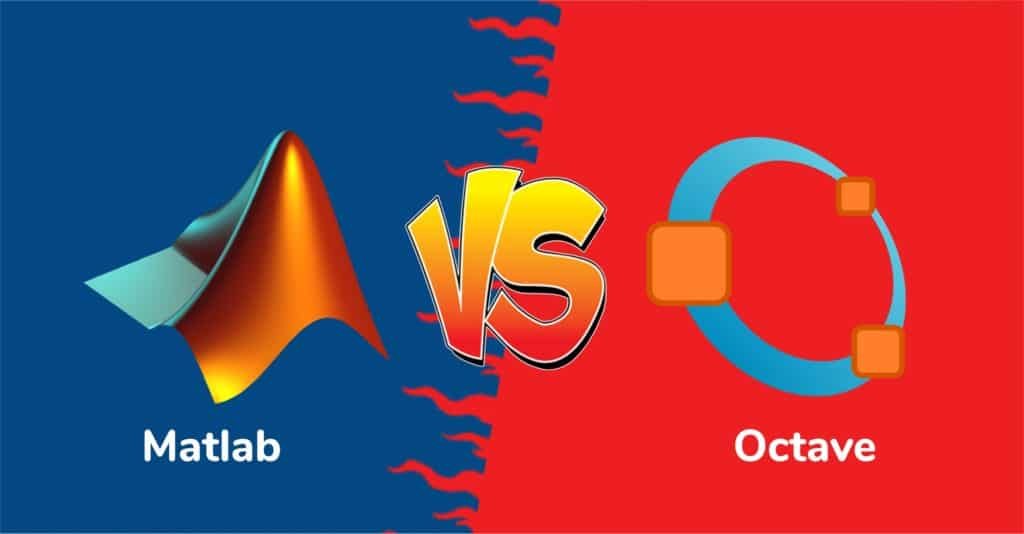Hey there! Ever wondered how your phone knows what you’re saying or how websites predict what you might like? That’s thanks to machine learning! Understanding different machine learning algorithms is like having a superpower to teach computers to learn and make smart decisions. Today we will see why is it important to understand different machine learning algorithms.
Think of it as having a big toolbox with lots of cool tools – each algorithm is like a different tool. Some are great at recognizing pictures, some at understanding languages, and others at predicting things. When you know these tools, you can choose the best one for the job!
Knowing these algorithms helps solve real-world problems, from making apps smarter to improving healthcare. Plus, it’s like learning a secret language that lets you talk to machines! So, jump in, explore these algorithms, and you’ll unlock a whole world of possibilities in technology and beyond.
| Unleash the Power of Data with Our Expert Guidance! Our Data Science Assignment Help caters to your learning needs, decoding complex algorithms, and unraveling the world of data. |
What Is Machine Learning?
Table of Contents
Machine learning is known as the process of making computers learn and make decisions by themselves. Instead of telling them exactly what to do, we give them examples and data to learn from. It’s like showing a friend how to identify different fruits by letting them see and touch each one. Computers use this information to spot patterns and make predictions without detailed instructions. This tech powers things like voice assistants understanding what we say or recommending movies we might like. Machine learning helps computers get smarter by learning from experiences, similar to how we learn from trying new things.
What Are Machine Learning Algorithms?
A machine learning algorithm is like a smart recipe for computers. It’s a set of instructions that teaches machines to learn from datasets without being directly programmed. These algorithms enable computers to recognize patterns, make predictions, or make decisions based on examples and experiences.
It’s a bit like teaching a friend how to recognize different animals by showing them pictures and explaining their features. These algorithms form the core of how machines understand, learn, and adapt from the information they receive, making them smarter and more capable over time.
Why Is It Important To Understand Different Machine Learning Algorithms?
Understanding different machine learning algorithms holds significant importance as it widens the scope of problem-solving and enhances decision-making in the world of data science. It will be clear from the following points:

- Precision in Problem-Solving
Understanding different machine learning algorithms helps solve problems with more accuracy. It’s like using the perfect tool for a job. When you know many algorithms, you can pick the best one that fits the specific problem you’re working on. This means finding solutions that are just right for the data you have, making your results more accurate and reliable.
- Versatility and Adaptability
Knowing different machine learning algorithms is like having many skills in your toolbox. It helps you adapt to different situations when working with data. Each algorithm is good at solving specific problems, so having a variety of them means you can choose the one that works best for the type of data you have. This flexibility makes it easier to solve a wide range of problems more effectively.
- Informed Decision-Making
Iti is also necessary to understand different machine learning algorithms because of its other utility i.e. informed decision making. It helps you pick the right path for your data. When you know different algorithms, you can choose the best one based on what your data looks like and what you want to achieve. This way, you make smarter decisions that lead to better outcomes with your data.
- Optimization of Results
Optimization is the process of making machine learning models perform better by adjusting their settings. It helps in achieving more accurate predictions, efficient data analysis, and automation of routine tasks. By understanding optimization, individuals and businesses can improve the accuracy of their models, minimize errors, and make better decisions. This is important for everyone, not just tech experts, as it allows for the creation of more reliable and effective machine learning models, which can have a noticeable change across various industries and everyday life.
- Continuous Learning and Growth
It relates to the ongoing development and improvement of machine learning models over time. It involves the models adapting to new data and changing their outputs based on trends and new information. Continuous learning is important as it allows machine learning models to provide increasingly accurate predictions and recommendations as the data changes. This has the potential to revolutionize various industries and everyday life, leading to improved decision-making, increased sales, and greater customer satisfaction. It is a dynamic process that ensures the relevance and effectiveness of machine learning models in an ever-changing environment.
In essence, understanding various machine learning algorithms empowers individuals to address a broad range of challenges, making the way for innovative problem-solving and leveraging data for impactful insights.
Types Of Machine Learning Algorithms
Machine learning algorithms are the main components of artificial intelligence, enabling computers to memorize and make decisions from data without explicit programming. These algorithms are categorized into various types based on how they learn and make predictions. Machine learning algorithms are of 4 types and they are as:
- Supervised Learning
In supervised learning, the algorithm learns from labeled data, mapping inputs to outputs. It’s like a teacher guiding students by providing answers beforehand.
Examples: Regression (predicting continuous values), Classification (categorizing data).
- Unsupervised Learning
Unsupervised learning uses unlabeled data to find patterns or structures on its own. It’s like organizing a messy room without labels – finding similarities or groupings.
Examples: Clustering (grouping similar data), Dimensionality reduction (simplifying data).
- Semi-Supervised Learning
This combines supervised and unsupervised learning, using both labeled and unlabeled data to enhance learning accuracy.
Examples: Using a small labeled dataset along with a larger unlabeled dataset.
- Reinforcement Learning
Reinforcement learning involves algorithm learning by engaging with an environment and having feedback in the form of rewards or penalties. It’s like training a pet by rewarding good behavior.
Examples: Training game-playing agents, autonomous vehicles.
Each type serves specific purposes and has distinct methods for learning from data, catering to different scenarios and applications in the vast field of machine learning.
Which Sectors Use Machine Learning?
Machine learning finds applications across numerous sectors, revolutionizing how industries operate and make decisions. Here are some sectors along with examples of how they utilize machine learning:

- Healthcare
Disease Diagnosis: Machine learning helps in diagnosing diseases by analyzing medical images (like X-rays or MRIs) for abnormalities, assisting doctors in accurate and timely diagnosis.
Drug Discovery: ML algorithms help in drug development by predicting potential drug candidates and their effectiveness, reducing research time and costs.
- Finance
Fraud Detection: Financial institutions use machine learning to detect fraud by analyzing patterns and anomalies in large volumes of data, protecting customers from financial crimes.
Algorithmic Trading: ML algorithms predict stock market trends and make automated trading decisions based on historical data, optimizing investment strategies.
- Retail and E-commerce
Personalized Recommendations: Companies like Amazon and Netflix use ML to suggest products or movies to users based on their browsing history and preferences, enhancing user experience and sales.
Inventory Management: ML algorithms forecast demand, optimizing inventory levels, reducing excess stock, and minimizing shortages.
- Automotive and Transportation
Autonomous Vehicles: ML powers self-driving cars by analyzing real-time data from sensors and cameras to make decisions, enhancing safety and efficiency on roads.
Predictive Maintenance: Machine learning predicts when vehicles or machinery require maintenance, reducing downtime and increasing operational efficiency.
- Marketing and Advertising
Targeted Advertising: ML algorithms analyze consumer behavior to target ads more clearly, showing relevant content to the right audience, maximizing engagement and conversion rates.
Customer Segmentation: Businesses use ML to segment customers based on preferences and behavior, tailoring marketing strategies for different demographics.
- Agriculture
Crop Monitoring: ML helps in monitoring crop health using drones and sensors, analyzing data to identify issues like diseases or drought stress, and optimizing farming practices.
- Energy and Utilities
Smart Grids: ML optimizes energy distribution and predicts demand patterns in smart grids, reducing wastage and ensuring efficient energy distribution.
These examples illustrate how diverse industries leverage machine learning to improve operations, enhance decision-making, and create innovative solutions tailored to their specific needs.
Conclusion
After all this discussion on why is it important to understand different machine learning algorithms now we all know that understanding different machine learning algorithms is crucial for everyone, not just tech experts. Machine learning helps businesses make faster decisions, improve efficiency, and automate tasks. It’s used in various sectors like finance, healthcare, and retail.
By knowing about these algorithms, individuals can understand how technology impacts their lives and work. For businesses, it’s about gaining a competitive edge and improving the bottom line. For individuals, it’s about being aware of the tools that are shaping the world around them. So, whether you’re a student, a professional, or a business owner, knowing about machine learning algorithms is key to staying informed and making better decisions.


